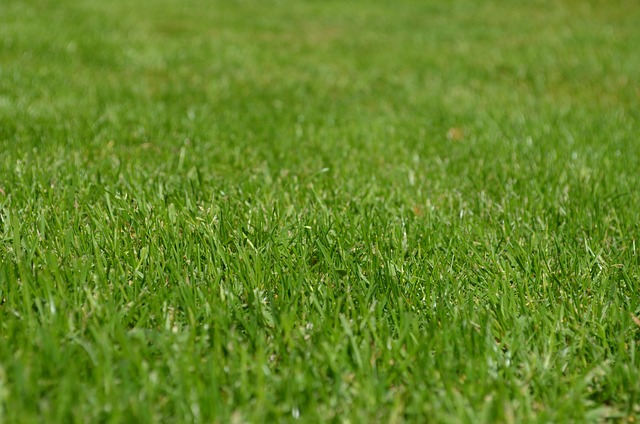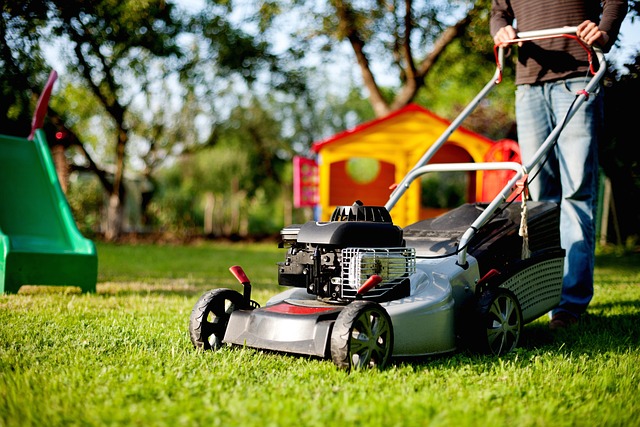Lawn fungus, affecting specific plants with discoloration and wilting, can cause significant vegetation loss if untreated. In Wheat Ridge, where herbicide application for right-of-way vegetation is common, early recognition of symptoms is crucial. Proactive measures include regular monitoring, proper watering, air circulation, balanced fertilization, integrated pest management, and targeted herbicide applications to prevent fungal growth. Balanced care, such as regular mowing, optimal air circulation, water management, and healthy fertilization, along with quick identification and treatment of fungi, contributes to a resilient, vibrant lawn. Herbicide application tailored to right-of-way vegetation in Wheat Ridge effectively maintains a healthy outdoor space.
Lawn plant fungus can devastate landscapes, damaging vegetation and aesthetics. This article provides a comprehensive guide to preventing lawn fungus outbreaks with a focus on strategies suitable for Wheat Ridge’s right-of-way vegetation. We explore two key components: understanding the impact of common fungal threats and implementing effective solutions like targeted herbicide application for proactive protection. Additionally, discover long-term maintenance strategies to ensure robust and healthy lawns.
- Understanding Lawn Fungus and its Impact on Vegetation
- The Role of Herbicide Application in Prevention
- Implementing Effective Maintenance Strategies for Long-Term Protection
Understanding Lawn Fungus and its Impact on Vegetation

Lawn fungus, a silent but pervasive menace, can wreak havoc on your lush green oasis. It’s crucial to understand that different types of fungi target specific plant species, with symptoms ranging from discolored leaves to wilting and eventual death. In Wheat Ridge, where herbicide application for right-of-way vegetation is a common practice, it’s essential to recognize the signs early. Regular monitoring is key; inspect your lawn frequently to detect any unusual growth or discoloration.
The impact of fungus extends beyond aesthetics; it can weaken plant structures, making them susceptible to pest infestations and other diseases. Left untreated, fungal infections can lead to significant vegetation loss, particularly in dense turf areas. Implementing preventive measures is a proactive approach to maintain a healthy lawn. Proper watering practices, adequate air circulation, and a balanced fertilizer regimen create an environment that discourages fungal growth. Additionally, consider integrated pest management strategies, which seamlessly blend biological, cultural, and chemical methods for effective fungus prevention.
The Role of Herbicide Application in Prevention

In the context of lawn plant fungus prevention, herbicide application plays a crucial role, especially when addressing right-of-way vegetation in Wheat Ridge. Targeted herbicide treatments offer an effective solution to manage and prevent fungal issues by eliminating unwanted plants that can serve as hosts or vectors for pathogenic fungi. By carefully selecting herbicides appropriate for the specific vegetation and adhering to safe application practices, homeowners and landscapers can significantly reduce the risk of fungal diseases spreading across lawns and gardens.
Proper herbicide application techniques are key to success. This involves understanding the life cycles of target plants and applying chemicals at the most effective times. For instance, pre-emergent herbicides can be used to prevent seed germination from fungi-infested soil, while post-emergent products target actively growing weeds. Regular monitoring and timely applications ensure that right-of-way vegetation remains under control, minimizing the chances of fungal pathogens establishing and spreading in Wheat Ridge’s outdoor spaces.
Implementing Effective Maintenance Strategies for Long-Term Protection

Implementing robust maintenance strategies is key to preventing lawn plant fungus over the long term. This involves a combination of regular mowing practices, ensuring proper air circulation, and optimal water management. Maintaining a healthy lawn through balanced fertilization creates a resilient environment that can better defend against fungal infections. One effective technique is scheduling herbicide applications for right-of-way vegetation in Wheat Ridge, targeting unwanted plants that compete with the grass for essential nutrients and moisture.
Additionally, monitoring and quickly addressing any signs of fungus, such as discolored patches or irregular growth, are crucial steps. Proper disposal of infected plant material and limiting excessive watering during damp conditions can significantly reduce the risk of fungal spread. These integrated approaches ensure a lush, healthy lawn that is less susceptible to fungal diseases, promoting a vibrant outdoor space for years to come.
Preventing lawn fungus requires a multi-faceted approach. By understanding the impact of fungus on vegetation and implementing effective maintenance strategies, homeowners and professionals can protect their lawns in Wheat Ridge. Herbicide application plays a crucial role in managing right-of-way vegetation, ensuring a healthy and robust landscape. With proper care and timely interventions, it’s possible to minimize fungus outbreaks and preserve the beauty of your lawn.
